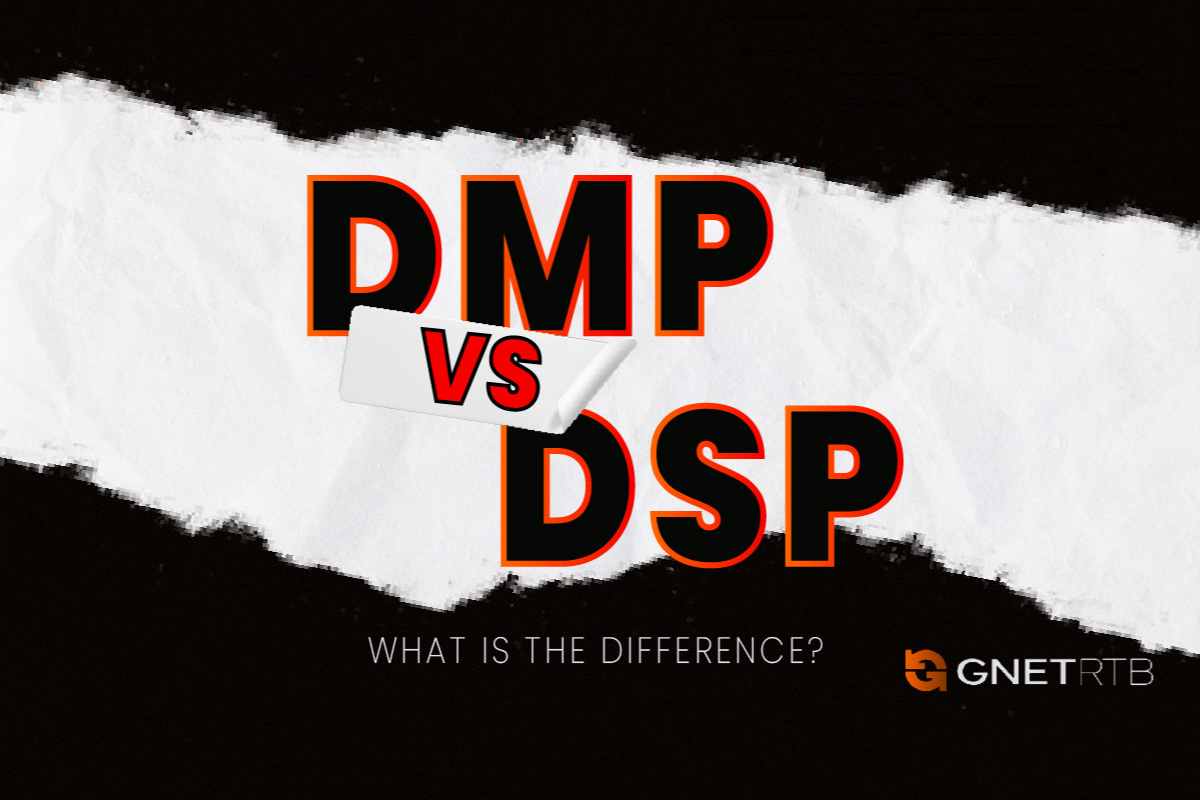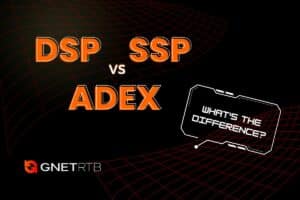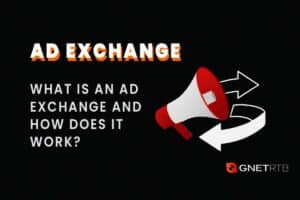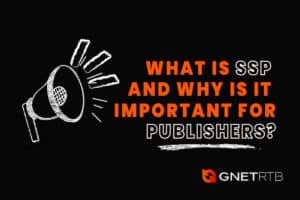DMP vs DSP. Do you know the difference between them? In programmatic advertising, both are an absolute necessity. After all, they help marketing professionals identify potential customers to present them with the right ads.
To do this, they extensively use and analyze audience data to offer a personalized experience to the customer. That’s why we prepared this article. Keep reading to understand the difference between these two fundamental platforms in programmatic advertising.
DMP vs DSP
Traditionally, DMP platforms were used to collect and classify data, while DSP platforms provided information for activities such as digital advertising purchases.
For example
If a company can collect considerable volumes of CRM data, which can provide information about their customers’ previous buying behavior and allow for future guidance on their purchase decisions, a DMP platform is essential in processing this data. This platform will divide the clientele into different segments to which targeted ads can be sent.
On the other hand, if a company primarily uses digital channels for their branding campaigns, the need for a DMP platform may be considered less urgent. Typically, a DSP platform supports the exploration of behavioral data if its use is of real interest to campaign-related activities.
CRM and Customer Purchase History Data
In general, the data storage and management capabilities offered by DMP platforms are more likely to be useful for companies using CRM and customer purchase history data, providing significant added value to marketing campaigns.
When choosing a DMP platform or a DSP platform that offers advanced data management and analysis capabilities, other factors should also be considered. Many marketing professionals believe that a good solution is to work with different DSP platforms at the same time, delivering campaigns for mobile apps, video, etc., and then feeding campaign results into their DMP platform.
However, doing so can lead to data loss because not all systems communicate with each other, and the customer’s path from one device to another runs the risk of becoming fragmented. In this case, it may be interesting to use a single DSP platform since user data related to impressions is reintegrated into the system in real-time, as it does not need to communicate with a third-party system. Additionally, using one system is more cost-effective than using two, provided it is the right system.
Should I use a DMP or a DSP?
There is no single answer to this question, as the need for a DMP platform varies from company to company. The volume and nature of data held by a company can provide the first elements for the answer. Typically, an organization that manages large volumes of CRM data will likely need a DMP platform.
Companies that mainly rely on behavioral data for their marketing campaigns can use an advanced DSP platform that offers data management and analysis tools at no additional cost.
Conclusion
In summary, if you start advertising using only a DSP platform and your data management needs evolve, you will certainly need a DMP platform. Additionally, all information can be easily transferred from one platform to another.
As a marketing professional, you will always need data to make the right decisions, whether for your agency or brand. Therefore, before choosing the best option for you, analyze your needs and budget.
If you want to try programmatic advertising and prove its effectiveness or want to know a new SSP partner with its own Ad Exchange technology fully integrated with DMP Navegg, GnetRTB may be the best place for you! Access this link and be served by our specialized team.




